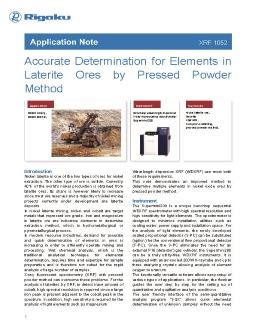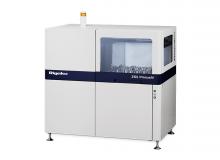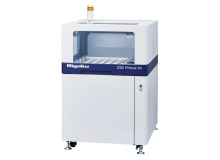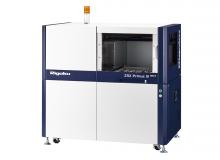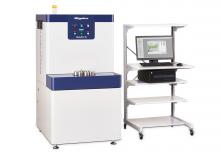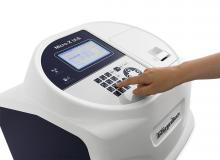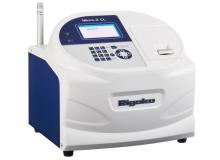Background
Nickel laterite is one of the two types of ores for nickel extraction. The other type of ore is sulfide. Currently, 40% of the world’s nickel production is obtained from laterite ores. Its share is however likely to increase since most ore reserves and a majority of nickel mining projects currently under development are laterite deposits.
In nickel laterite mining, nickel and cobalt are target metals that represent ore grade. Iron and magnesium in laterite ore are indicative elements to determine extraction method, which is hydrometallurgical or pyrometallurgical process. In modern resource industries, demand for accurate and quick determination of elements in ores is increasing in order to efficiently operate mining and processing.
Wet chemical analysis, which is the traditional analytical technique for elemental determination, requires time and expertise for sample preparation and is therefore not suited for the rapid analysis of large number of samples. X-ray fluorescent spectrometry (XRF) with pressed powder method can overcome these problems.
For the analysis of laterites by XRF, to detect trace amount of cobalt, high spectral resolution is required since a large iron peak is present adjacent to the cobalt peak in the spectrum. In addition, high sensitivity is required for the analysis of light elements such as magnesium. Wavelength dispersive XRF (WDXRF) can meet both of these requirements. This note demonstrates an improved method to determine multiple elements in nickel oxide ores by pressed powder method.
WDXRF Products from Rigaku
Benchtop tube below sequential WDXRF spectrometer analyzes O through U in solids, liquids and powders
High power, tube above, sequential WDXRF spectrometer with new ZSX Guidance expert system software
High-power, tube-below, sequential WDXRF spectrometer with new ZSX Guidance expert system software
Affordable, high-end, tube-above Industrial WDXRF for the analysis of solid samples
High-throughput tube-above multi-channel simultaneous WDXRF spectrometer analyzes Be through U

